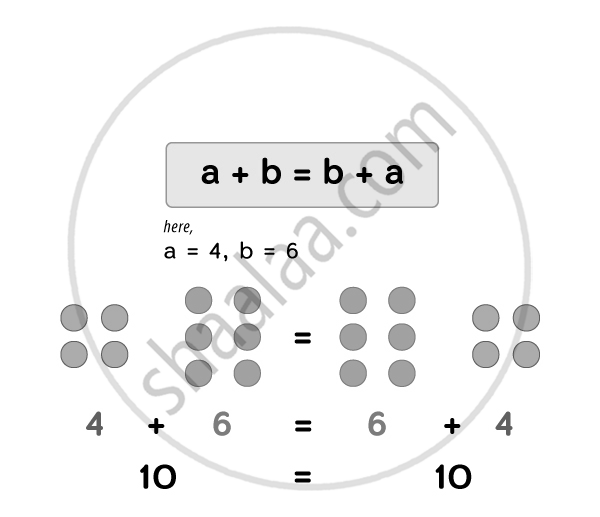Topics
Roman Numerals
Number Work
Addition and Subtraction
Multiplication and Division
Fractions
Angles
Circles
Multiples and Factors
Decimal Fractions
- Decimal Fractions
- The Decimal Number System
- Concept of Tenths, Hundredths and Thousandths in Decimal
- Concept of Place Value
- Use of Decimal Fraction
- Writing Half, Quarter, Three-quarters and One and a Quarter in Decimal Form
- Addition of Decimal Fraction
- Subtraction of Decimal Fraction
- Decimals Used for Measurement
Measuring Time
Problems on Measurement
Perimeter and Area
Three Dimensional Objects and Nets
Pictographs
Patterns
Preparation for Algebra
Using Letters
Mathematical symbols simplify expressions and make writing concise. For example, instead of writing "Division of 75 by 15 gives us 5," we use the symbolised form:
75 ÷ 15 = 5
Similarly, letters (variables) can be used to generalise mathematical properties.
1. Commutative Property of Addition
The sum of two numbers remains the same regardless of their order:
(a + b) = (b + a) for all values of a and b
Example: 9 + 4 = 4 + 9
2. Multiplicative Identity
Any number multiplied by 1 remains unchanged:
a × 1 = a
1 × a = a
Example: 7 × 1 = 7
1 × 7 = 7
3. Non-Commutativity of Division
The order of division affects the result:
(a ÷ b) ≠ (b ÷ a) for a ≠ b
Example: 8 ÷ 4 = 2, but 4 ÷ 8 = 0.5
If you would like to contribute notes or other learning material, please submit them using the button below.
